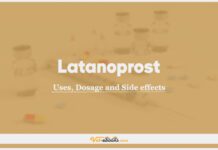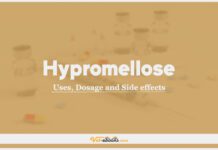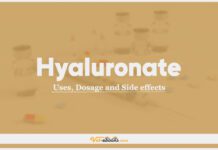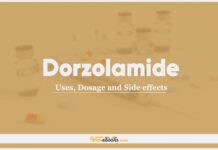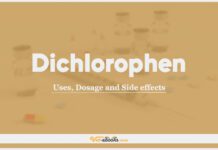Pilocarpine In Dogs & Cats: Uses, Dosage and Side Effects
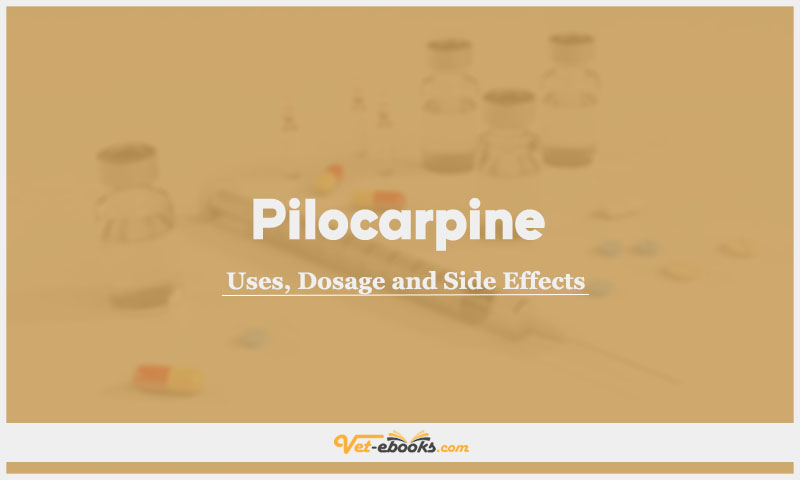
Overview
- Direct-acting parasympathomimetic that stimulates cholinergic receptors.
- It lowers intraocular pressure by causing ciliary body muscle contraction, miosis and improved aqueous humour outflow.
Uses of Pilocarpine
- Pilocarpine, once employed in glaucoma treatment, has been overshadowed by other topical drugs like carbonic anhydrase inhibitors and prostaglandin analogues.
- It induces pupil constriction (miosis) within 10–15 minutes, persisting for 6–8 hours in dogs.
- Oral pilocarpine boosts tear production and proves beneficial for neurogenic keratoconjunctivitis (dry eye) in dogs.
- Additionally, topical ophthalmic pilocarpine can be utilized, albeit with a potential for irritation.
- Pilocarpine is rarely used for ophthalmic purposes in cats because of potential toxicity.
Dose of Pilocarpine in Dogs and Cats
Dogs:
- Open-angle glaucoma: 1 drop per eye of 1% solution q8–12h.
- Neurogenic KCS: 1 drop of 1–2% solution per 10 kg p.o. q12h (with food) as the initial dose.
- The dose is increased by 1 drop q2–3days until Schirmer tear test (STT) values improve or signs of systemic toxicity are observed (see Adverse Reactions) and then lowered to the previously tolerated dose.
Cats:
- No information is available.
Drug Dosage Calculator
You Should Give:
Side Effects of Pilocarpine in Dogs and Cats
- Conjunctival hyperaemia (vasodilation) and local irritation (due to low pH).
- Signs of systemic toxicity include salivation, lacrimation, urinary incontinence, gastrointestinal disturbances, and cardiac arrhythmias.
Contraindications of Pilocarpine in Dogs and Cats
- Avoid in uveitis and anterior lens luxation.
Some Notes:
Tip
Do You Want To Increase Your Veterinary Knowledge and Practical Skills?
You Can Now Browse and Download +3000 Books For Veterinary Professionals & Students Online.
Download Veterinary Books






